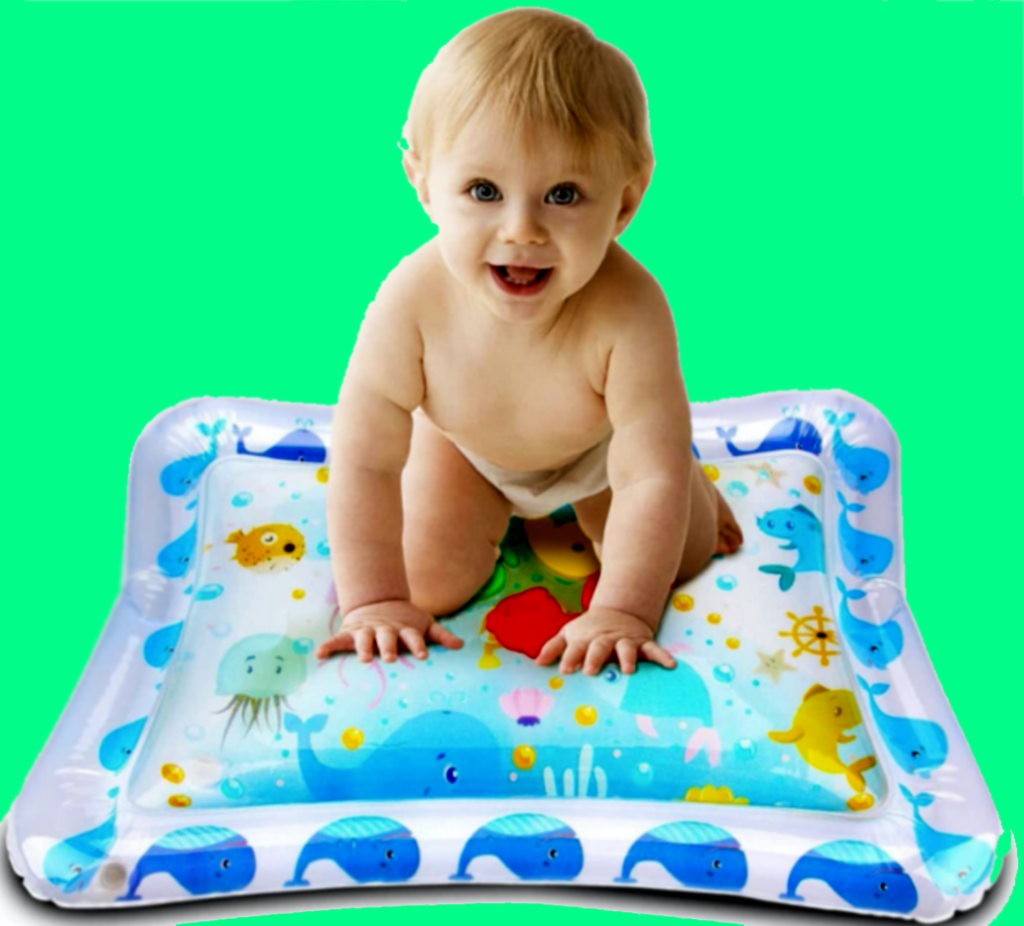Welcome to the world of endless possibilities and endless fun with baby water play mats! As a parent, you want the best for your little one, and choosing the right water play mat can provide a safe and stimulating environment for your baby to play and grow. With so many options available, it can be difficult to know what to look for when making a purchase. That’s why we’ve put together this comprehensive guide to help you make an informed decision and ensure that you choose the perfect play mat for your baby’s needs.

Before buying a baby water play mat, it is important to consider the following factors to ensure safety, comfort, and enjoyment for your child:
- Easy to Maintain: Look for a play mat that is easy to clean and store. It should be made of a material that can be easily wiped down and disinfected.
- Safety: Ensure that the play mat is made of non-toxic and BPA-free materials, and has no sharp edges or corners. The mat should have a non-slip surface and be leak-proof to prevent any accidents.
- Portable: Choose a play mat that is lightweight and easy to transport. It should come with a carrying case or a compact design that makes it convenient to take on the go.
- Multi-functional: Consider a play mat that offers more than just water play. Some play mats come with built-in toys or other features that promote infant development and stimulate play.
- Offers Tummy Support: For younger babies, it is important to choose a play mat that provides tummy support. This will help them develop strong neck and shoulder muscles while they play in the water.
- Water Temperature Control: Make sure the water temperature is appropriate for your child’s age and comfort level. Some play mats come with adjustable temperature controls or can be filled with warm water.
- Durable Material: The play mat should be made of durable and high-quality materials that can withstand frequent use and exposure to water.
- Child-Friendly Design: Choose a play mat with bright colors and engaging patterns that will capture your child’s attention and keep them entertained.
- Budget-Friendly: Consider your budget when choosing a play mat. While it is important to prioritize safety and quality, there are many affordable options that provide these features.
- Age Appropriate: Choose a play mat that is appropriate for your child’s age and development level. Some play mats may be more suited for older babies who can sit up and play independently, while others may be better for younger infants who need more support.

